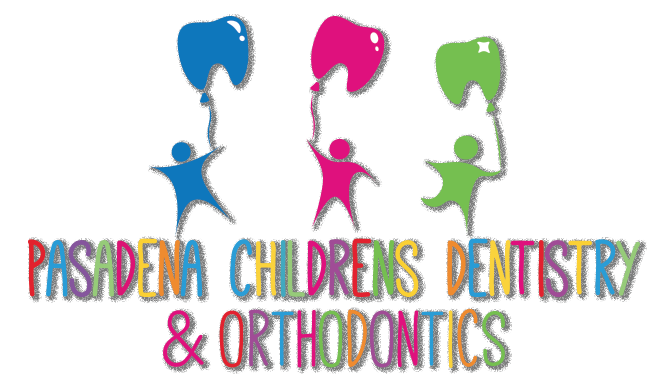
Over the course of approximately three years, your child will have twenty of their primary teeth erupt in their mouth. The process of how children’s teeth erupt and fall out is rather predictable, and understanding this process will help you take better care of your child’s teeth. While this process is not necessarily the same for every child, the basic trends generally apply to most children. If you are concerned that your child is deviating from this process, do not hesitate to call your dentist.
Most children begin getting teeth around the age of six months. The first tooth will erupt at this time and will soon be followed by more. Generally the bottom front teeth erupt and are followed by the top front teeth. Then comes the teeth towards the back of the mouth. The final teeth to erupt are the molars. It is believed that during this initial eruption process, four new teeth will erupt per six month period.
Once all twenty primary teeth have successfully erupted, children will hold onto these teeth until they are about six years old. Around the age of five, the facial bones begin to grow, leaving spaces between primary teeth that cause them to become loose. At this time, teeth begin to be lost so that the adult teeth can take their place. Most children lose their first tooth around the age of six. Just as with eruption, this first tooth is usually one of the bottom front teeth. Then the top front teeth are lost, followed by the back teeth, and ending with the molars.
The entire process of losing baby teeth and replacing them with adult teeth takes about six years. When the child is twelve, they are expected to have most, if not all, of their adult teeth. In another six to seven years, during their late teens, they will start to have their wisdom teeth erupt. These are the third molars and are the final teeth to erupt. Unfortunately, most wisdom teeth end up being extracted, since they put extra strain on surrounding teeth.
Although primary teeth are only temporary, it is still important to take care of them in the same way as adult teeth. These teeth play an important role in reserving space for adult teeth, shaping the face, assisting in good speech, ensuring good nutrition, and providing a healthy foundation for permanent teeth. Because of this, it is important to make sure they are not lost prematurely.
Things such as gum disease, cavities, and tooth decay can all happen if primary teeth do not receive the care they require. These issues can lead to premature tooth loss, which can affect the way adult teeth erupt. For starters, since primary teeth act as a placeholder, if they are prematurely lost, it can cause spacing issues within the mouth. If your child loses a tooth prematurely, it is important to speak with your dentist about whether or not this can cause future issues.

















Recent Comments